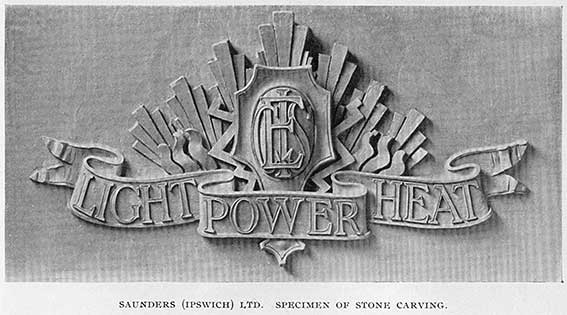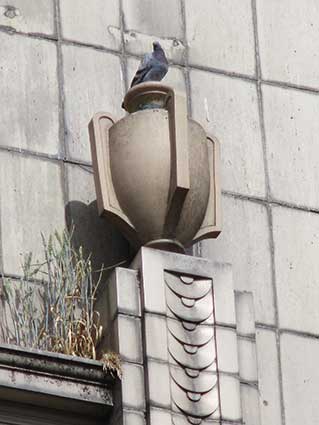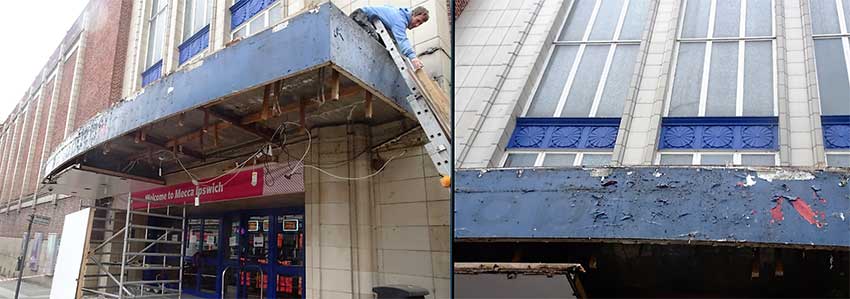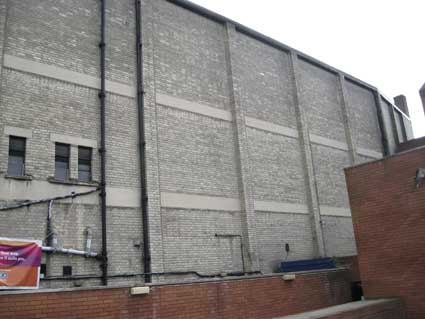 2012 image
2012 image
 2004 image
2004 image
 2012 images
2012 images 2012 image
2012 image
 1932
publication
1932
publication 1932
advertisement
1932
advertisement 1939
1939 2013
image
2013
image  2014 images
2014 images  Photographs courtesy Tim Leggett
Photographs courtesy Tim Leggett Photograph
courtesy The Ipswich Society
Photograph
courtesy The Ipswich Society 2024 image, with acknowledgements to the
pigeon
2024 image, with acknowledgements to the
pigeon Courtesy Tim Leggett
Courtesy Tim Leggett


 2017
images courtesy Tim Leggett
2017
images courtesy Tim Leggett
 1947
1947
 c.1970
c.1970 2019
image
2019
image
